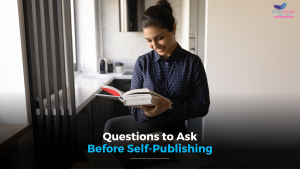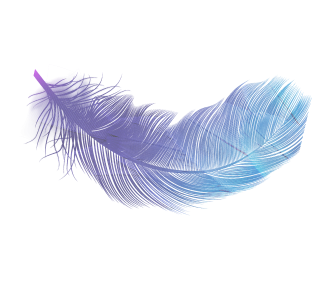In every continuing education class I have ever taken (think 2-3 a year for 20 years) the instructor ALWAYS points out the importance of scars. You know, those little battle scars you have that you tend to ignore once they are healed up?
Why are scars important?
The body tissue called fascia is a three dimensional web of tissue that allows energy and information to move throughout your system. In the last John F. Barnes Myofascial Release class I took, there were rumors that this flow of energy and information moves faster in fascia than messages through your nervous system – so if that’s true, we might want to pay attention to how to keep it healthy.
So imagine the scalpel or scope during surgery and how it cuts through your body from superficial layers (they are made of fascia) to deeper layers (also made of fascia) and down to the deepest parts of you, whether it is a joint, or an organ, etc… All of that tissue, after you are sewn up again, heals with scar tissue. So it’s not just the little line that marks you on the outside that we are talking about. It is the line from the outside to the deepest parts inside that is now bound down, adhered, and restricted. These areas will effect others next to it.
Another little tid-bit about scars is that they can grow over time. I look at it like this….the adhesions formed by the body to heal your cut parts are a place of tension, binding and stuckness that will cause surrounding tissue to move and function differently, which in turn causes restriction in those neighboring fascial layers. And then we end up with a system strangled by the straight-jacket of scarring that has developed.
Scars, even old ones, can cause havoc in the neuromuscular system by taking over for certain movements or muscle actions. (Please see David Weinstock’s work, Neurokinetic Therapy for more details about this). These compensations can create long standing, ingrained patterns of unhealthy movement and eventually pain or injury.
How are scars treated with myofascial release?
During a treatment of Myofascial Release the combined pressure and stretch over time causes a physiological change in the tissue. The time component is the most important piece of this phenomenon. After three to five minutes of hands-on pressure and stretch, the tissue, including scar tissue, will begin to soften, melt, and elongate, freeing itself and allowing the flow of energy and information to occur again. Even years-old scars can be treated in this manner. There is no time limit after which this kind of work can’t be effective.
When release of a scar is paired with the activation of an affected muscle, you can reboot a system that has compensated for years because of that scar.
Treatment can also help to heal the emotional component of a scar. Every injury we incur is part mental/emotional. This impact into our system is in the form of energy that can become stuck or lodged in the tissue. When we treat an area of trauma, including surgical trauma, with myofascial release, we allow that energy to loosen and free it from the body. The person might experience emotions and pain associated with the original trauma (A healing crisis of sorts), and then as those are released, a relief of pain, both physical and/or emotional.
So run, don’t walk, to your nearest John F. Barnes Myofascial Release practitioner and let them know you have a few scars that have never been treated. It pains me when I meet people who tell me that their doctor never talked about the scars. In the future, we might have to educate our docs about this kind of thing, so that they can mention it to their next patient.
Scars are worth treating. Worst case is there will be no change. Best case is that treating them will help you heal from the deepest layers on out, creating a freedom and ease in your system you haven’t felt in a while.
Laura Probert, MPT is the owner of Bodyworks Physical Therapy and Soul Camp, LLC. She has been practicing PT and John F. Barnes Myofascial Release for 21 years. She is also an author and a second degree black belt in Tae Kwon Do. Find out more about her healing, writing and kicking passions here: www.bodyworksptonline.com and www.bewarriorlove.com







